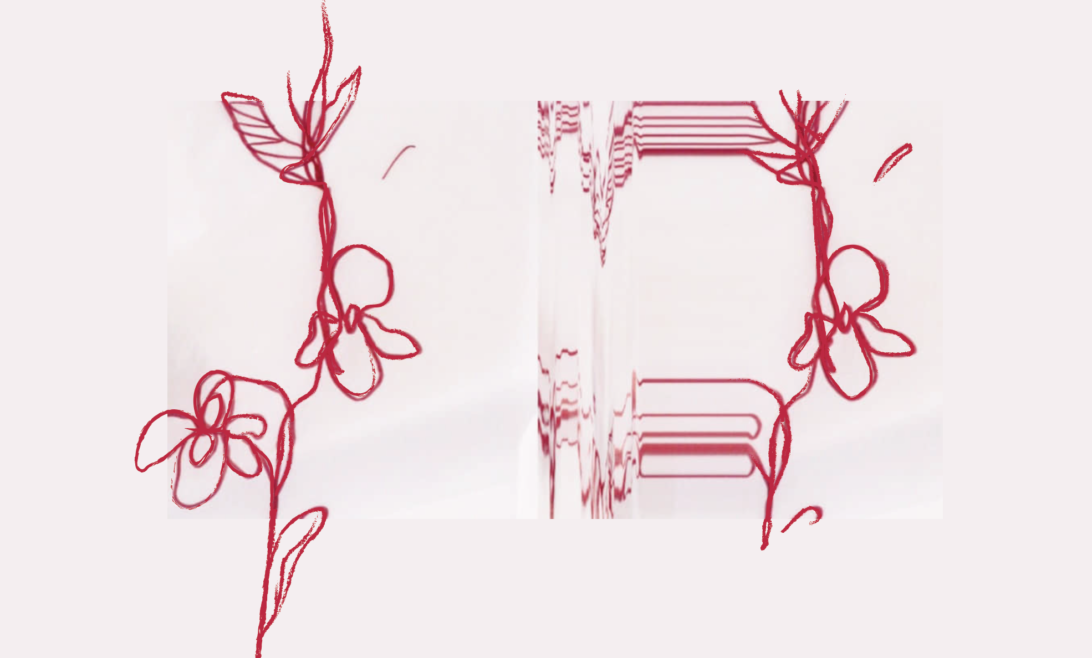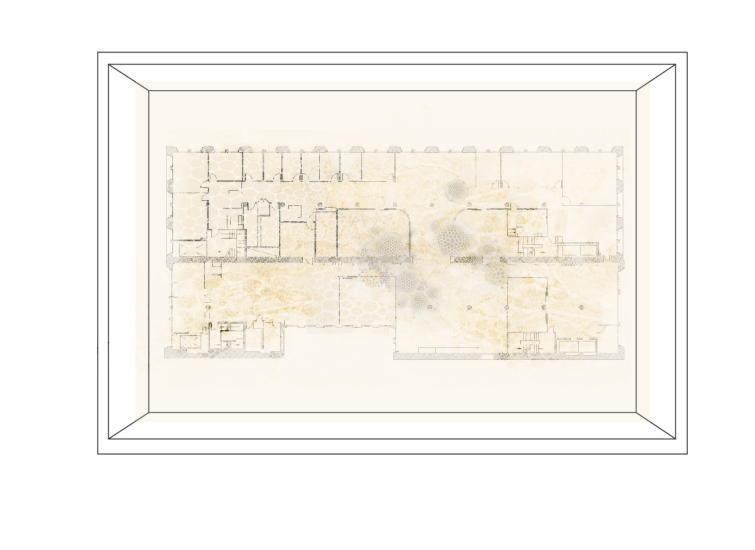<<<post under construction>>>
LIVING CANVAS
– in collaboration with Shreiya Chowdhary –
How can we make the invisible visible? How can we make our approach to microbes and bacteria more amicable and meaningful? How to spark a healthy discussion? Art could help take away the “ick” around this organisms and change the way we relate to them. Living canvas is a data visualization installation that explores [ITP] cohabitation and the impact of a shared microbiota. Its main purpose is to visualize the invisible organisms and recognize patterns through data recollection, sample collection and [bio] material.



Microbiota in general lives within our bodies and we carry and leave it as we move around. The point of this project from its inception has always been in terms of memorabilia to be a living reminder of the 40 years of people and their existence on the ITP floor and the microbiota they have left behind that makes the ITP space in the Tisch building what it is. As an end result of this installation, we want to educate the user that wherever they travel, they leave their microbiota to trace a living ecosystem of their existence, and we will be mapping that onto a physical piece so it can live on in memory
//











































































